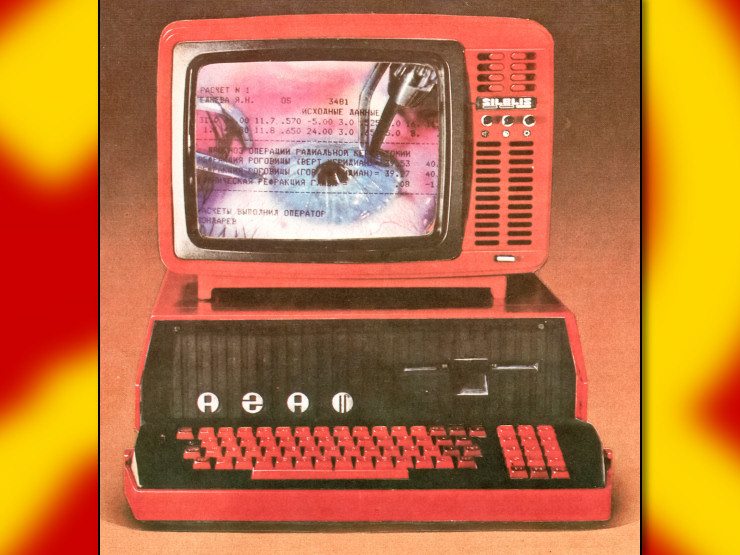cross-posted from: https://futurology.today/post/4251786
Bringing manufacturing jobs home has been in the news lately, but it’s not the 1950s or even the 1980s anymore. Today’s factories need far less humans. Global car sales were 78,000,000 in 2024 and the global automotive workforce was 2,500,000. However, if the global workforce was as efficient as this Honda factory, it could build those cars with only 20% of that workforce.
If something can be done for 20% of the cost, that is probably the direction of travel. Bear in mind too, factories will get even more automated and efficient than today’s 2025 Honda factory.
It’s not improbable within a few years we will have 100% robot-staffed factories that need no humans at all. Who’ll have the money to buy all the cars they make is another question entirely.


All you’ve done is define the method of conveyance as ‘bin’ and ‘crane robots’, you still have to catalogue everything, which hey, is how Amazon does their packaging conveyance in their robotic cell warehouses. So we are now in current technological reality, which is great! So is it one bin per part or are there also robots to sort through the bins? I think the former is currently easier than the latter, but the latter could be possible in the coming years. Then we just need to create automation to repair those robots as well, etc. etc.
If we still need one dude to repair the crane robot, or more likely the repair robots, that means we aren’t at 100% automation, which I have been assured, is within our lifetimes, despite the fact that this has been the gap for automation since Oliver Evan made the automated flour mill in 1785. Maybe it will happen, but the odds are significantly against it, even as industry pushes forward.
Idk i don’t think you’re thinking of what i’m describing how i’m describing it
Maybe, maybe not. If you are interested in robotics though, you should look into pursuing it, even at a hobby level. Even Lego kit sets are incredibly useful for understanding this field. Cheers.